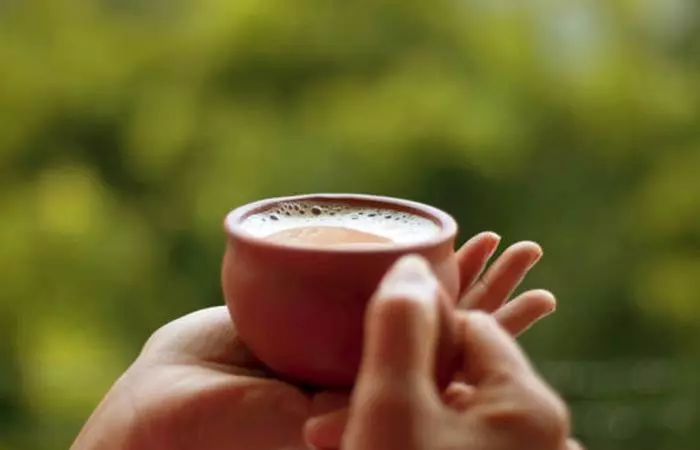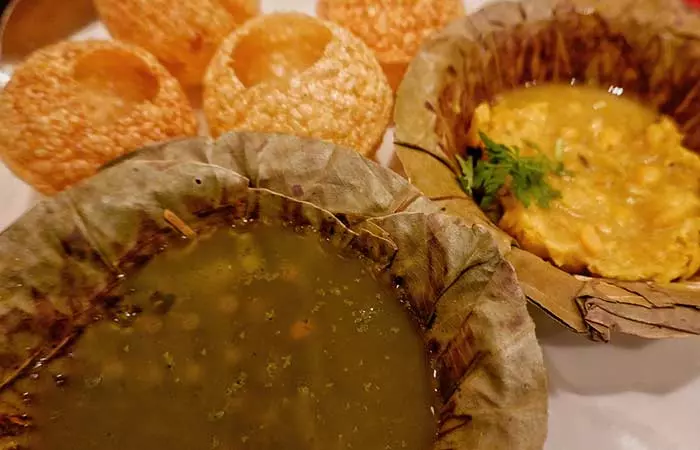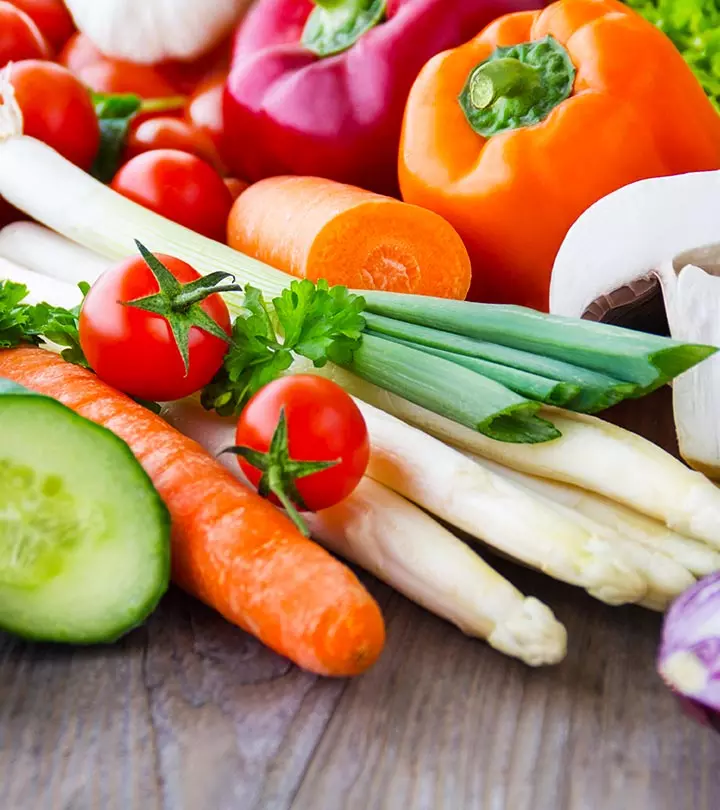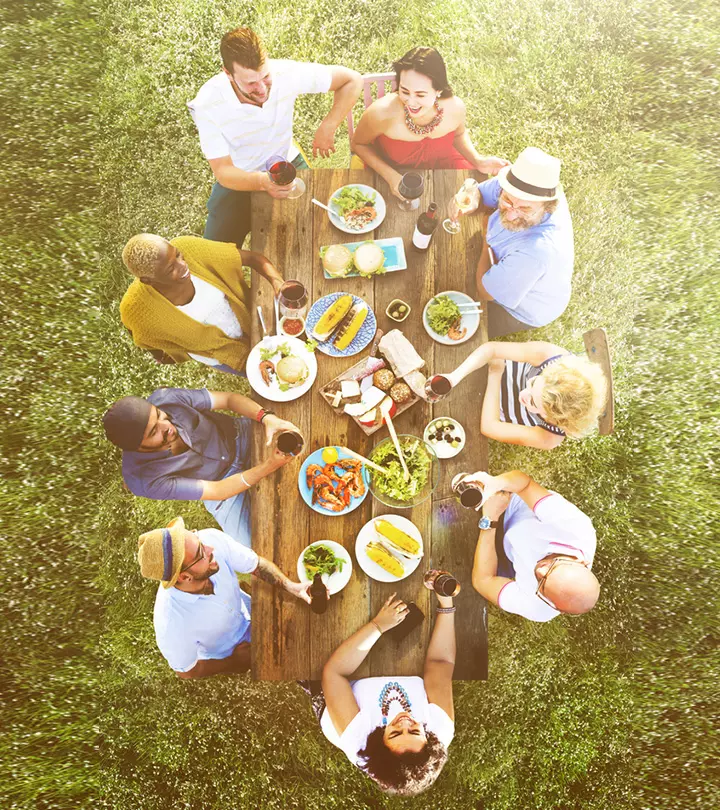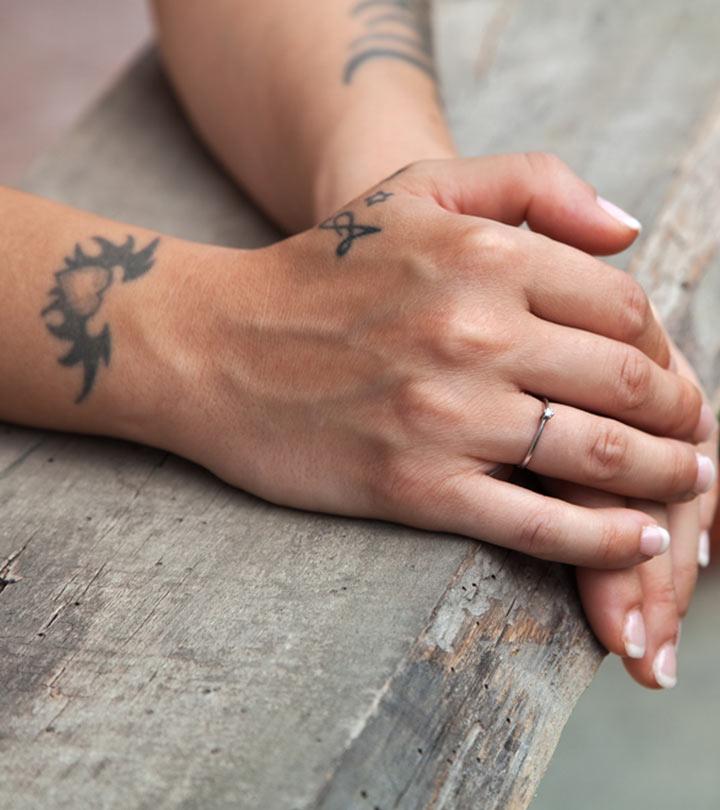9 Items From Our Granny’s Kitchen That We Need To Bring Back
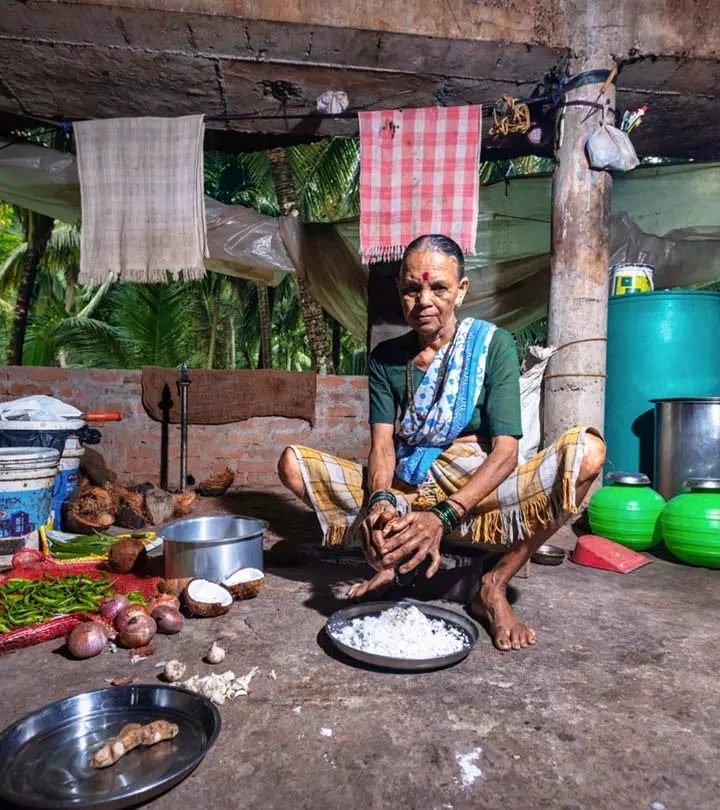
Image: iStock
When it comes to sustainability, there is no better place to look than your own granny’s kitchen. As we’ve moved towards the cities, many of us have had to replace our traditional utensils and cleaning products with more modern ones made of metal, steel, and even plastic. While some of us might have adopted certain traditions like using cloth bags and certain types of brooms, there are many old items that we might not actually know of. For example, before mixers and grinders gained popularity, our grandparents made use of a grinding stone called a silbatta. So, if you’re someone who wants to follow a more sustainable approach towards life, we have a list of nine products from our grandparents’ era (and many of our hometowns) that we need to give due credit to:
1. Kulhad
For those of us who live in cities, our only real taste of drinking from a kulhad is when we probably travel by trains to visit our ancestral homes. Many train stations serve their chai in this traditional zero waste clay cup that can be washed and reused. There are a few Indian tea chains that are starting to serve their chai in kulhad cups instead of paper cups and we should all start adopting this method of serving chai. We swear that the chai taste better out of these clay cups!
2. Silbatta
From the grinding coconuts to crushing up red chilies, raw mangoes and many more, this traditional “mixer-grinder” can prove to be quite useful! Many of our machines produce heat that can disrupt and destabilize the consistency of our pastes. Hence, if you want to maintain the consistency of your pastes, using a grinder/silbatta is a better option. Plus, it makes for a brilliant upper body workout!
3. Neem Twigs
You might have noticed many sustainable brands trying to promote using natural brushes with their handles made of neem twigs and natural fibers rather than plastic. However, back in the olden days people could simply brush by chewing neem twigs until they started to shed their bristles. We bet they had fewer cavities and tooth decay in those days. This is because neem contains strong antimicrobial and antibacterial properties (1).
4. Sal/ Banana Leaves
The pleasure of eating pani puris out of dried sal leaf bowls or relishing sadhya on a fresh banana leaf is something that is unparalleled. Sal leaves are basically used to make bowls, plates and other “utensils” by stitching them with wooden sticks. You might even find these being used at certain chaat stalls and other eateries. The reason why many people in villages prefer using this form of natural cutlery to metal utensils is because they believe dried or fresh green sal leaves accentuate the taste of the food that is served in it.
5. Jute Sacks
Besides being used in potato sack races, jute and gunny bags are often used to store rice and other grains within go-downs. Considering so many products at the supermarket are stored in plastic, it would be a great idea to switch to storing certain items in a gunny bag instead of storing it in plastic or other non-reusable products. Many supermarkets have a buy-back policy and would even pay you if you wanted to return the sacks.
6. Colorful Homemade Cloth Bags
Remember those days when your grandmother would stitch her old sarees into cloth bags to transport her groceries in? While most big stores now have an anti-plastic policy and will require you to either carry your own cloth bags or want you to pay a certain sum of money to buy their own, you can actually repurpose some of your old clothes into making unique cloth bags. Rather than purchasing cloth bags from the store each time you go shopping, why not make some of your own and use them instead. Infact, this period of quarantine might be the perfect time to upcycle and reuse old clothes that you might have hanging around.
7. Steel Milk Container
While the practice of transporting milk in steel milk containers is no-more possible in most major cities due to us purchasing milk from stores rather than from dairy farms, it is a much more sustainable option to store your milk in a steel container than in a plastic pouch or tetra pack. Many of these plastics pouches will end up in our landfills and are not biodegradable, hence causing pollution in the long run.
8. Bronze Utensils
In the olden days, bronze utensils were often used for storage and many people believe that copper or bronze utensils promote not just healthy digestion but provide many other benefits as well. Kansa (a bronze alloy) has the ability to destroy microorganisms, thus making the metal extremely hygienic to use. The metal in the utensil prevents stored water from getting contaminated (if the top is covered) and it even helps in preventing certain water-borne diseases like jaundice, dysentery, etc (2).
9. Coconut Palm Broom Stick
A coconut palm broom stick is prepared from coconut palm branches by craftsmen and lasts much longer than its synthetic counterpart. While many city dwellers prefer using plastic brooms as they can be less messy, you might spot certain government hired cleaners still using these broom sticks over plastic ones. Maybe we should take a page out of their sustainable books?
In the end, some ancient traditions and practices might actually benefit our planet and cause more good than harm. As more and more people across the globe are looking for ways to lower their impact on the environment, it is important to do your bit. Do let us know if you make use of any of the sustainable products we have mentioned in this article!


